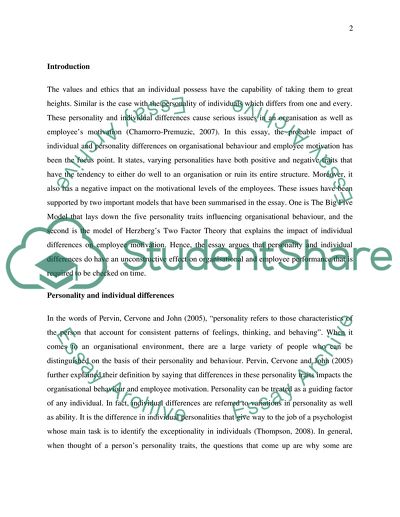Cite this document
(“How personality and individual differences effect on motivation Essay”, n.d.)
How personality and individual differences effect on motivation Essay. Retrieved from https://studentshare.org/human-resources/1701557-personality-and-individual-differences
How personality and individual differences effect on motivation Essay. Retrieved from https://studentshare.org/human-resources/1701557-personality-and-individual-differences
(How Personality and Individual Differences Effect on Motivation Essay)
How Personality and Individual Differences Effect on Motivation Essay. https://studentshare.org/human-resources/1701557-personality-and-individual-differences.
How Personality and Individual Differences Effect on Motivation Essay. https://studentshare.org/human-resources/1701557-personality-and-individual-differences.
“How Personality and Individual Differences Effect on Motivation Essay”, n.d. https://studentshare.org/human-resources/1701557-personality-and-individual-differences.


